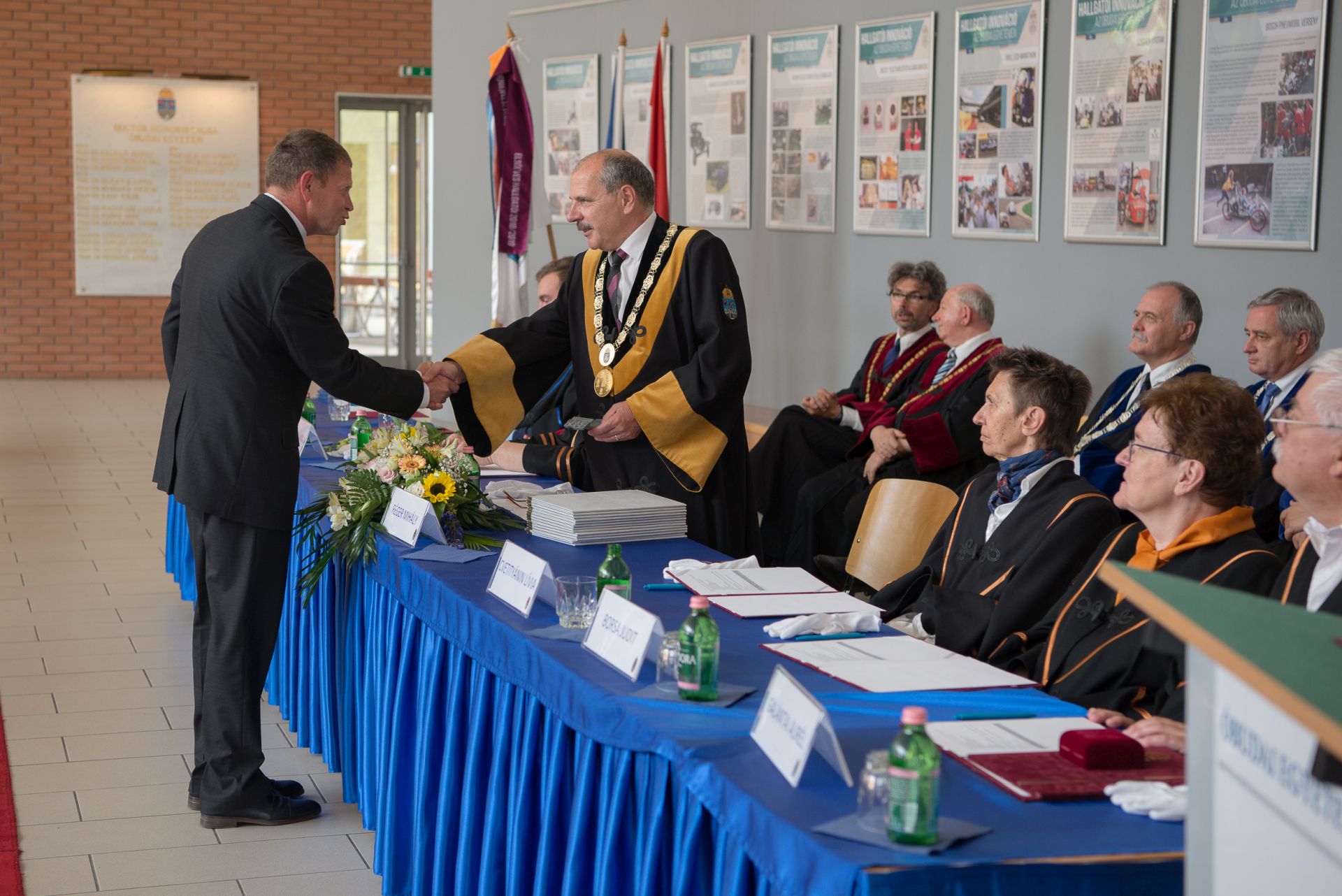STEM Ambassador
The goal of the STEM Ambassador program is to designate a person recognized in the fields of STEM who can represent the objectives of the Hungarian STEM Platform.
The Ambassador is responsible for giving lectures on the importance and necessity of the STEM fields, representing and supporting the STEM Platform in Hungary and abroad and also setting a good example for the younger generations.
The STEM Ambassador must have reference from at least two experts recognized in the field of mathematics and engineering. Based on the references, the management of the Hungarian STEM Platform has the right to decide on the admission, the mandate will be valid until withdrawal.
The management of the Hungarian STEM Platform reserves the right to reject applications without having to justify it.

The goal is to provide a model for young people to become dedicated engineers.
Two STEM Ambassadors have been appointed
Enrollment in the program is by voluntary selection and there is no allowance for STEM ambassadors.






